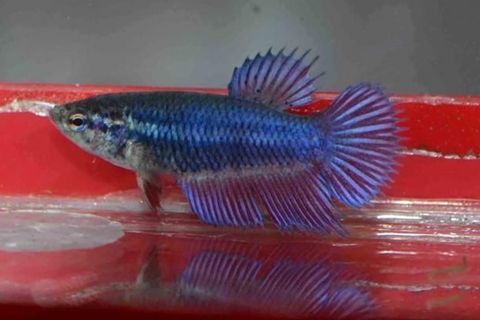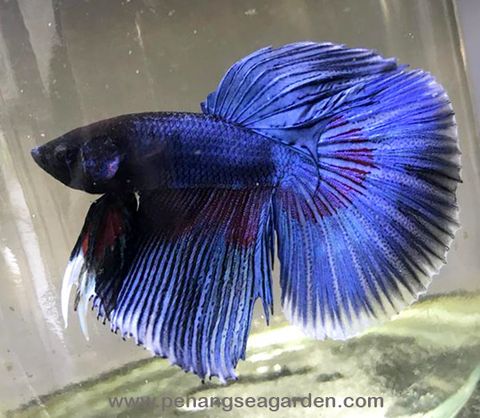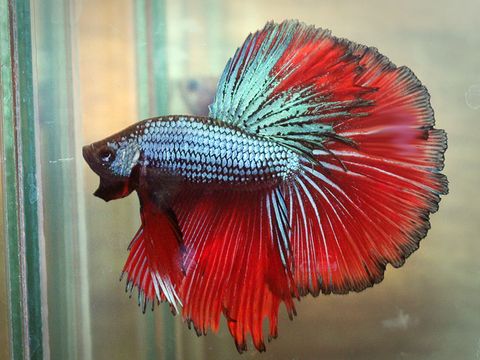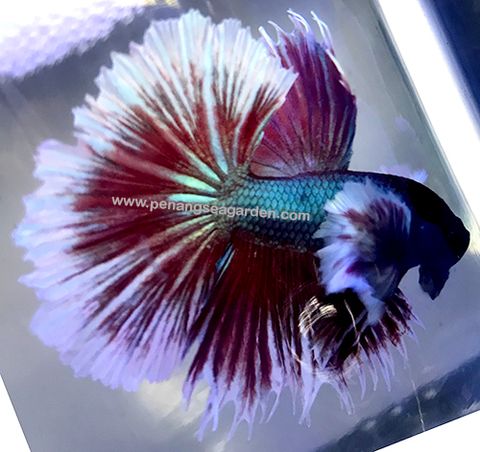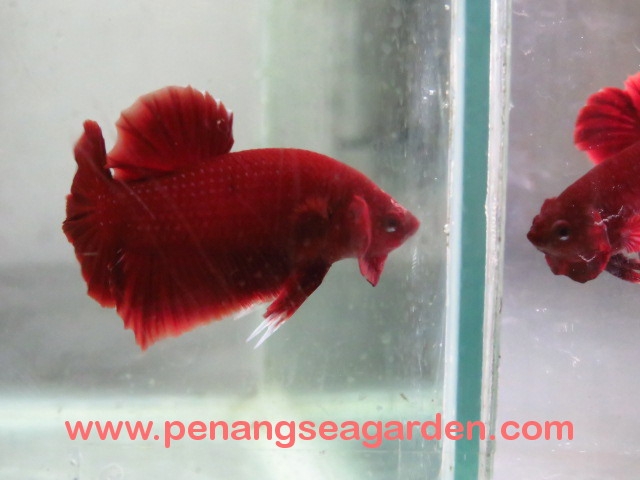
Betta species are small fishes, but they vary considerably in size, ranging from under 2.5 cm (1 in) total length in B. chanoides to 14 cm (5.5 in) in the Akar betta (B. akarensis).
Bettas are anabantoids, which means they can breathe atmospheric air using a unique organ called the labyrinth. This accounts for their ability to thrive in low-oxygen water conditions that would kill most other fish, such as rice paddies, slow-moving streams, drainage ditches, and large puddles.
The Bettas exhibit two kinds of spawning behaviour: some build bubble nests, while others are mouth brooders, The mouth brooding species are sometimes called "Pseudo bettas", and are sometimes speculated to have evolved from the nest-builders in an adaptation to their fast-moving stream habitats.


